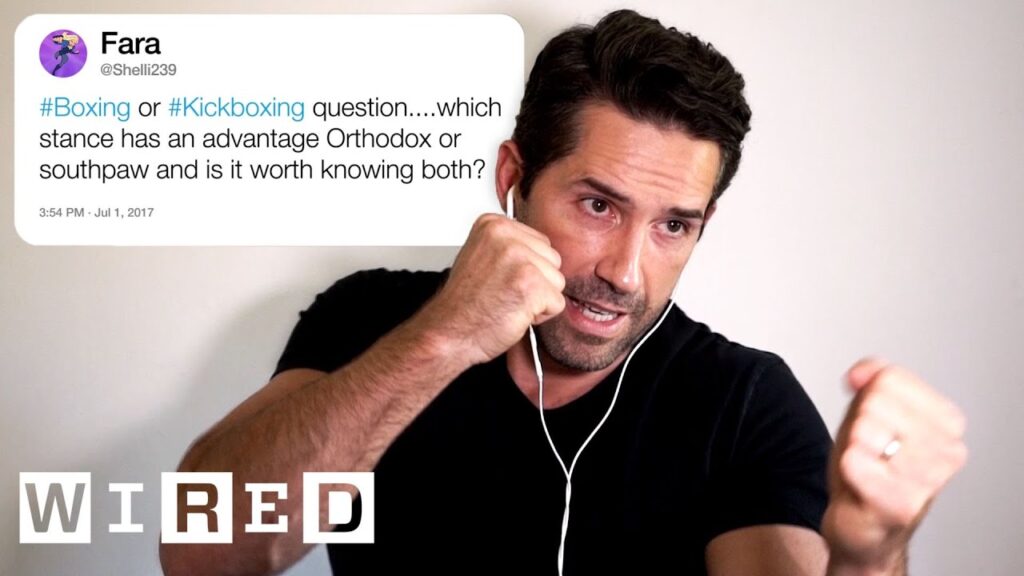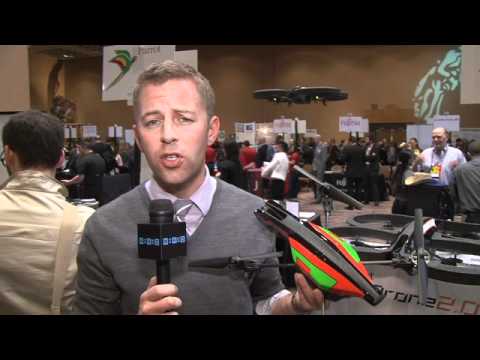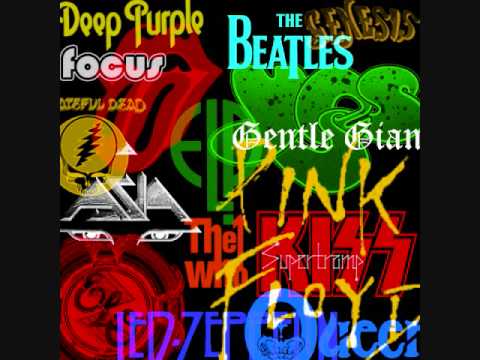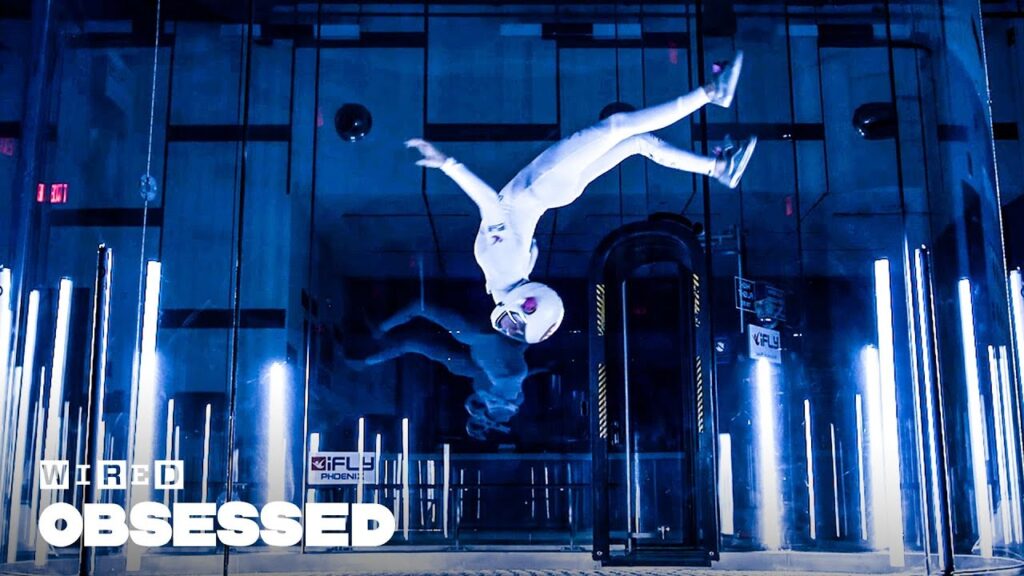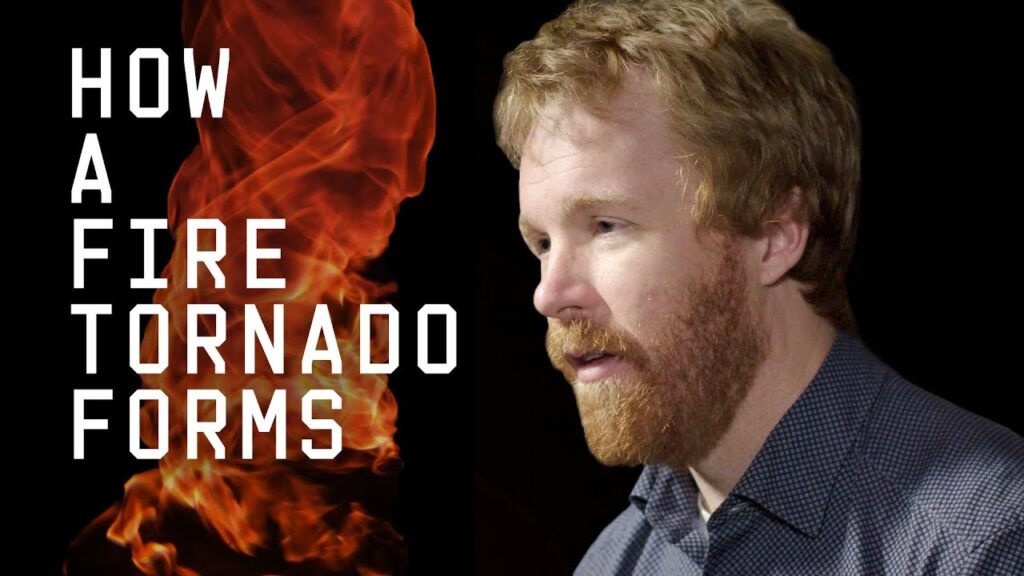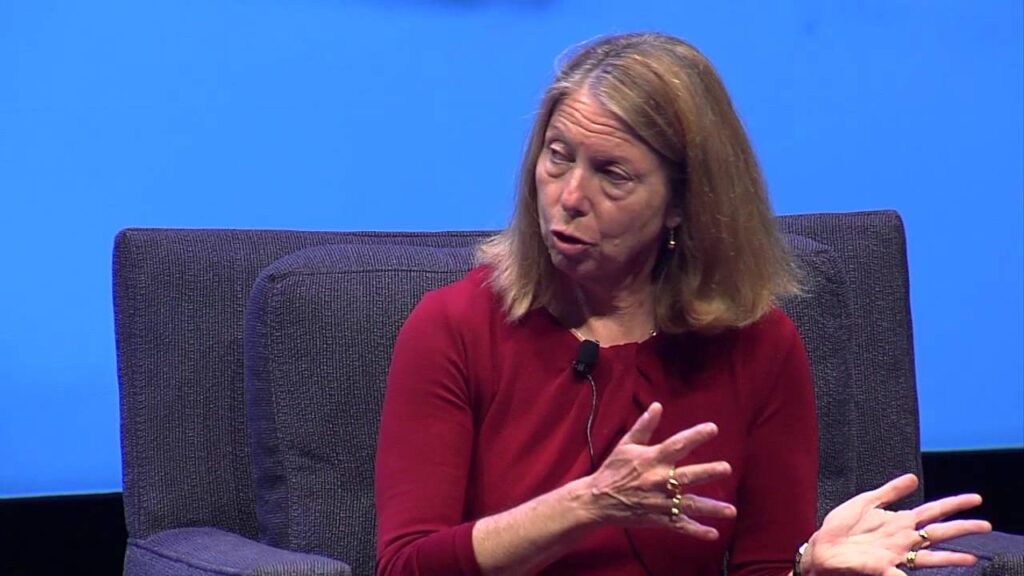Using Volumetric Capture Technology to Create Demonic: A New Horror Film Set in a Digital Simulation
Summary
In this article, we explore how Neil Blomkamp, the director of Demonic, used volumetric capture technology to create a unique and immersive horror film experience. The film was shot in a specific location in British Columbia and everything seen in the film was captured from real-life people and places and digitized using photogrammetry and volumetric capture techniques.
Table of Contents
- What is Volumetric Capture Technology?
- The Challenges of Filming in Volumetric Capture
- The Process of Creating Realistic Virtual Worlds
- The Future of Gaming and Film
- Conclusion
What is Volumetric Capture Technology?
Volumetric capture is a process of grabbing three-dimensional holographic video instead of two-dimensional video of a performance of actors. This technology allows for the creation of a motion version of photogrammetry, where the viewer is not locked into a single angle and can move around the 3D object. Photogrammetry, on the other hand, is a process where thousands of photos are taken of an object or location and then fed into a software that creates a 3D object.
The Challenges of Filming in Volumetric Capture
Filming in volumetric capture is very taxing and requires a scaffold cage of cameras that are around the actors. The production team had to bring in 250 cameras to capture the actors’ performances from all angles. The production also had to deal with wrangling all the data, which yielded about 12 terabytes per day. Despite the challenges, the use of volumetric capture technology created a unique and immersive horror film experience.
The Process of Creating Realistic Virtual Worlds
The process of creating realistic virtual worlds for film and gaming involves capturing volumetric data from cameras and using computer processing to create a three-dimensional point cloud. This data is then rendered into virtual reality using custom workflows and enhanced processors. The virtual camera can be controlled by a real-life camera operator, allowing for realistic movement and framing.
The Future of Gaming and Film
The future of gaming may involve even more photorealistic worlds with open-ended gameplay, while film and TV will likely continue to focus on narrative storytelling. However, advancements in volumetric capture may allow for new immersive experiences in film and TV.
Conclusion
In conclusion, Neil Blomkamp’s use of volumetric capture technology in Demonic created a unique and immersive horror film experience. Despite the challenges of filming in volumetric capture, this technology has the potential to create new immersive experiences in film and TV. As the technology continues to advance, we can expect to see more innovative uses of volumetric capture in the future.
